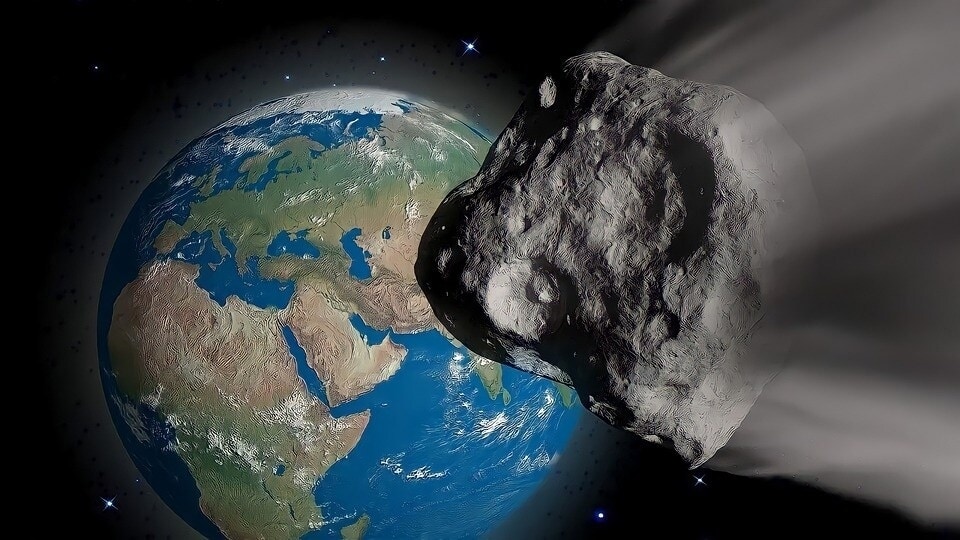111-foot Asteroid 2023 CY1 rushing towards Earth at blistering pace, says NASA
A menacing asteroid is hurtling towards Earth right now and it will pass the planet today, February 17. Here’s what NASA has revealed about this space rock.






 View all Images
View all ImagesThere are several asteroids that make their close approach towards Earth every week. But not all of them pose a threat to Earth. NASA terms asteroids as Potentially Hazardous if they come within 8 million kilometers of Earth. NASA recently revealed that as many as 6 asteroids passed Earth at an extremely close distance yesterday, though none were potentially world-ending asteroids. That could have changed with a slight deflection in the asteroid's trajectory due to interaction with Earth's gravitational field which could have sent it tumbling towards Earth.
Now, the space agency has revealed that another asteroid is on its way towards Earth. So, how close will this space rock pass by and how fast is it going?
Asteroid 2023 CY1 details
NASA has issued an alert against an asteroid named Asteroid 2023 CY1. This terrifying asteroid is expected to come extremely close to Earth today, February 17. Its distance of close approach will be just 1.7 million kilometers (about 1056331.03 mi). The asteroid is already on its way towards Earth, travelling at a staggering speed of 23967 kilometers per hour.
According to NASA, the Asteroid 2023 CY1 belongs to the Apollo group of asteroids which are a group of Near-Earth asteroids named after the humongous 1862 Apollo asteroid, discovered by German astronomer Karl Reinmuth in the 1930s. It is somewhere between 50 feet and 111 feet across in size, as per the space agency.
How is an Asteroid Orbit Calculated?
An asteroid's orbit is computed by finding the elliptical path about the sun that best fits the available observations of the object using various space and ground-based telescopes such as NASA's NEOWISE telescope and its brand-new Sentry II algorithm. That is, the object's computed path about the sun is adjusted until the predictions of where the asteroid should have appeared in the sky at several observed times match the positions where the object was observed previously.
Catch all the Latest Tech News, Mobile News, Laptop News, Gaming news, Wearables News , How To News, also keep up with us on Whatsapp channel,Twitter, Facebook, Google News, and Instagram. For our latest videos, subscribe to our YouTube channel.
































